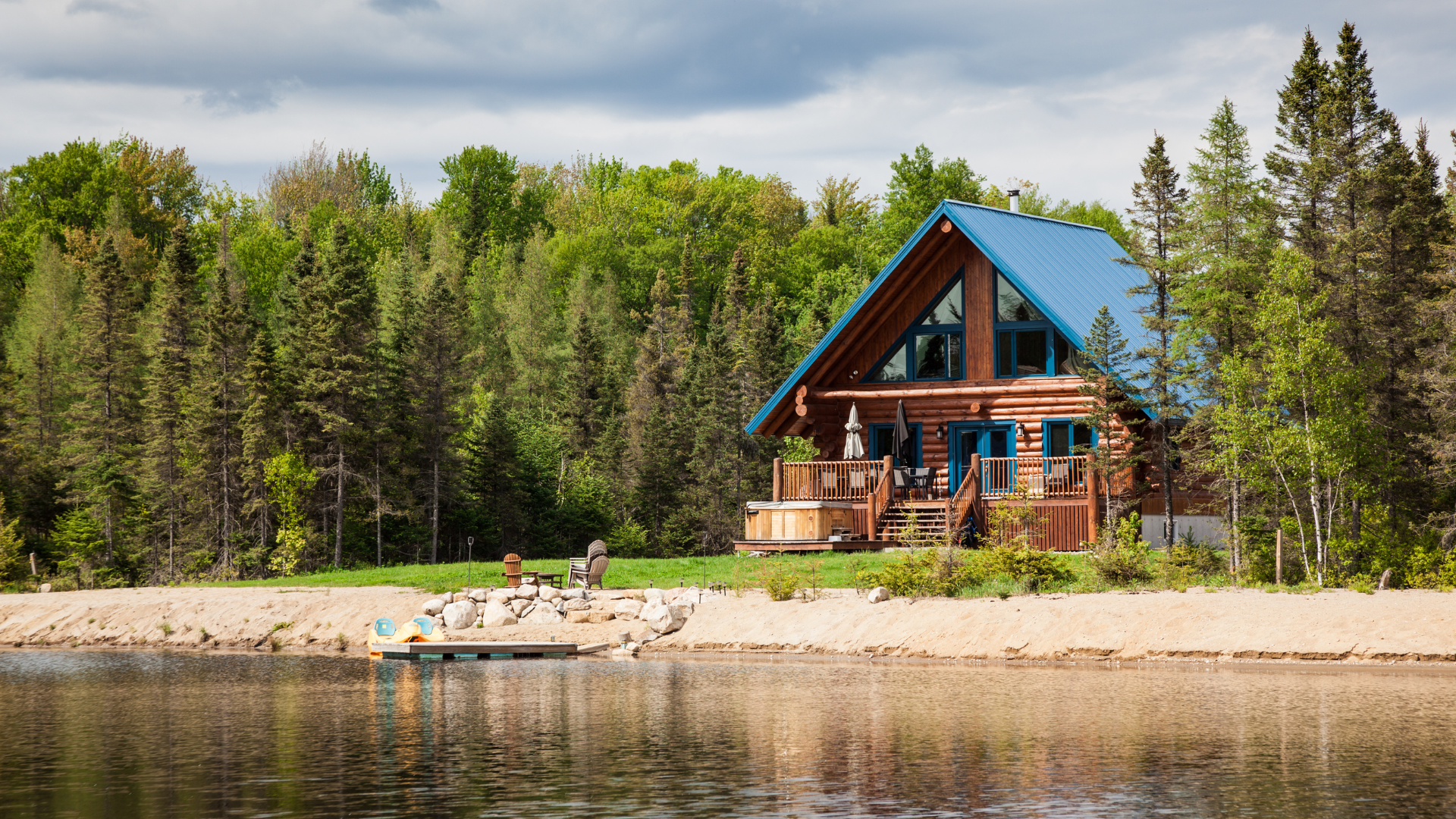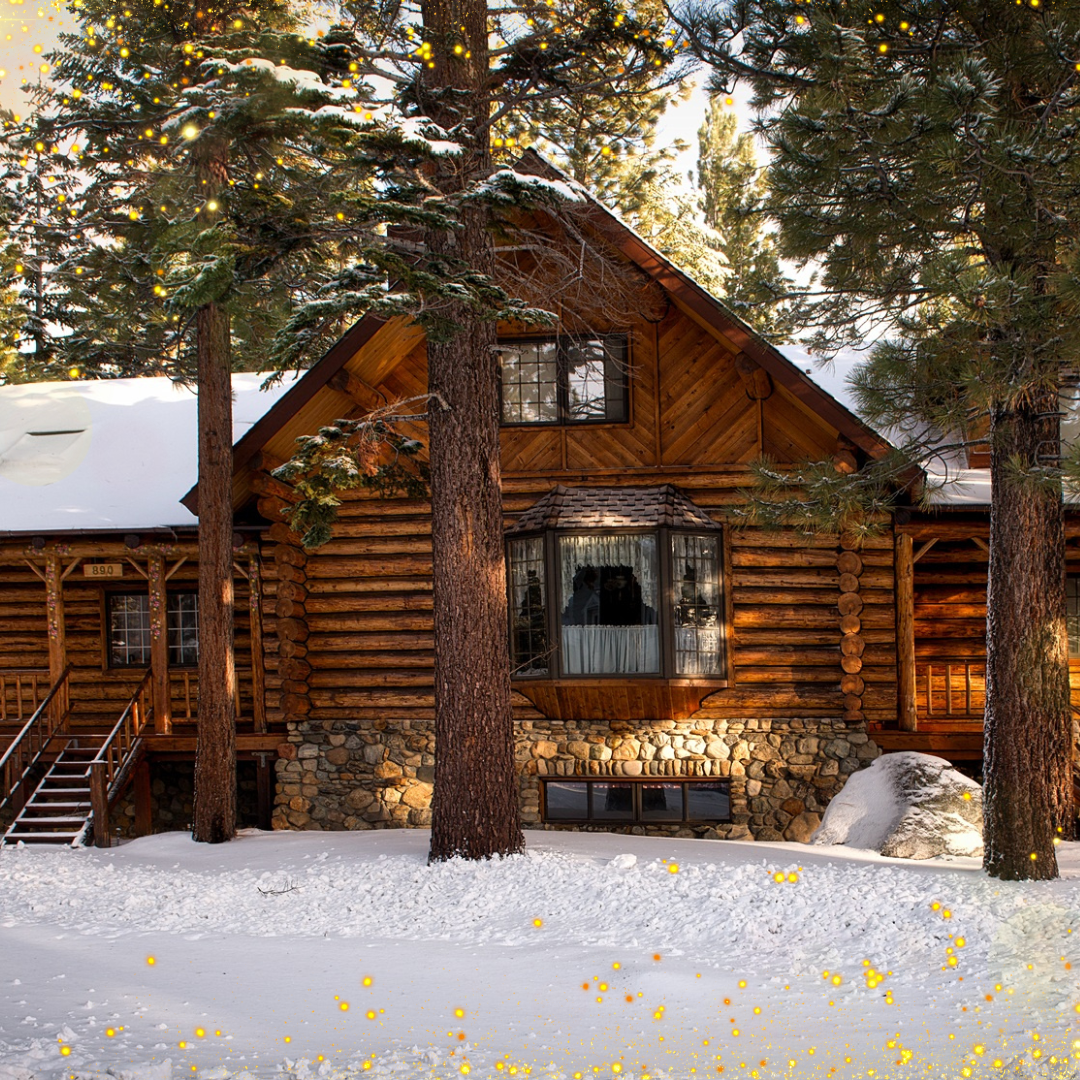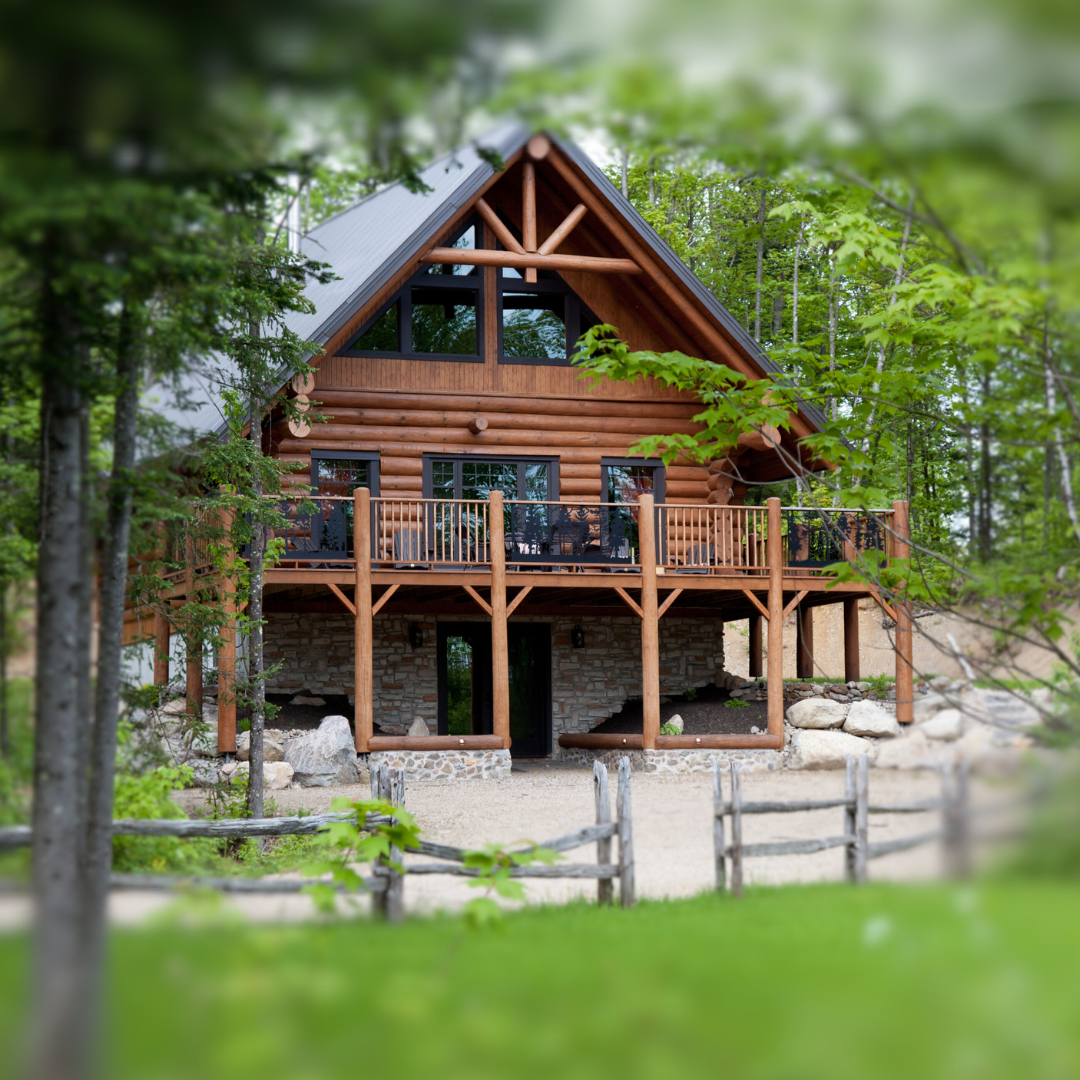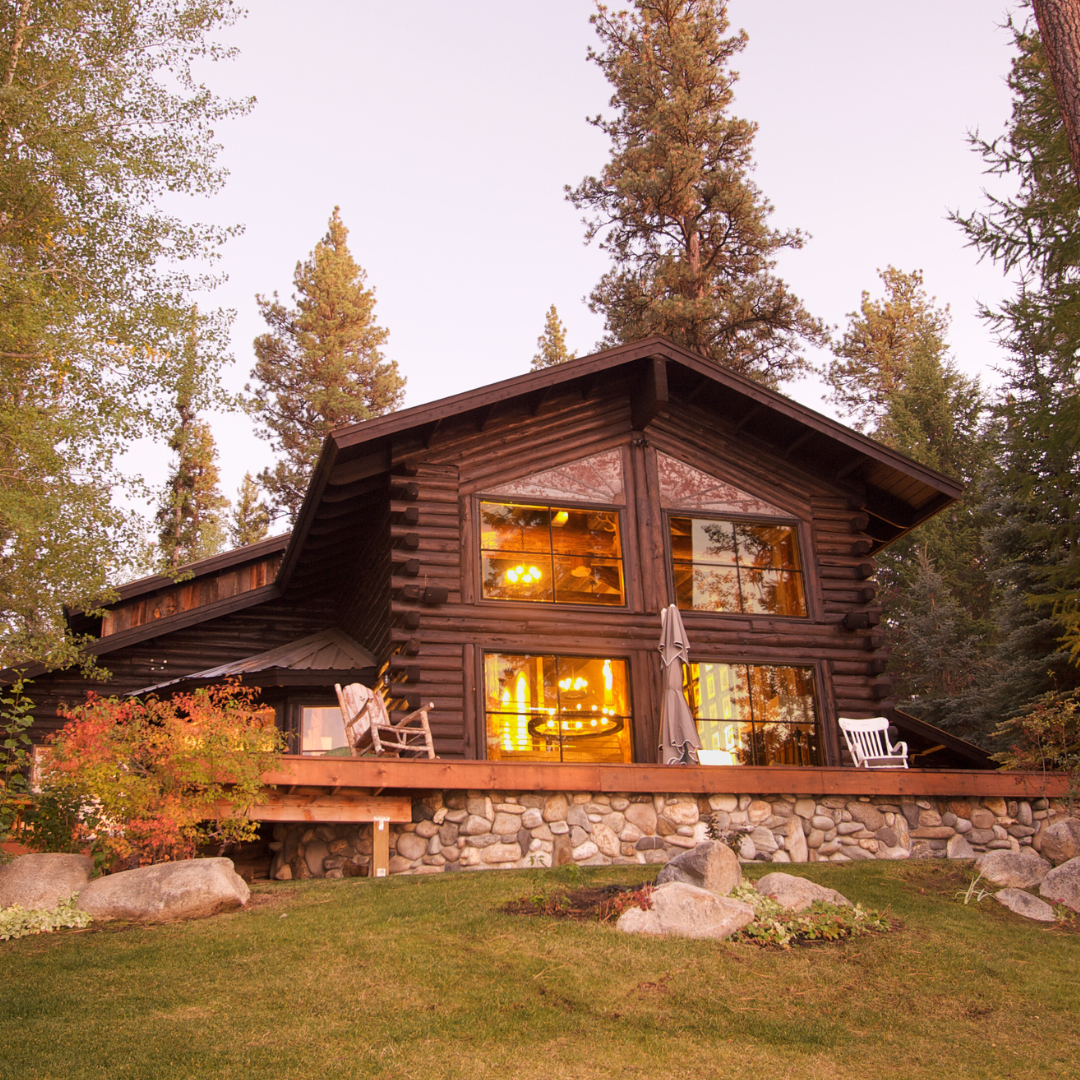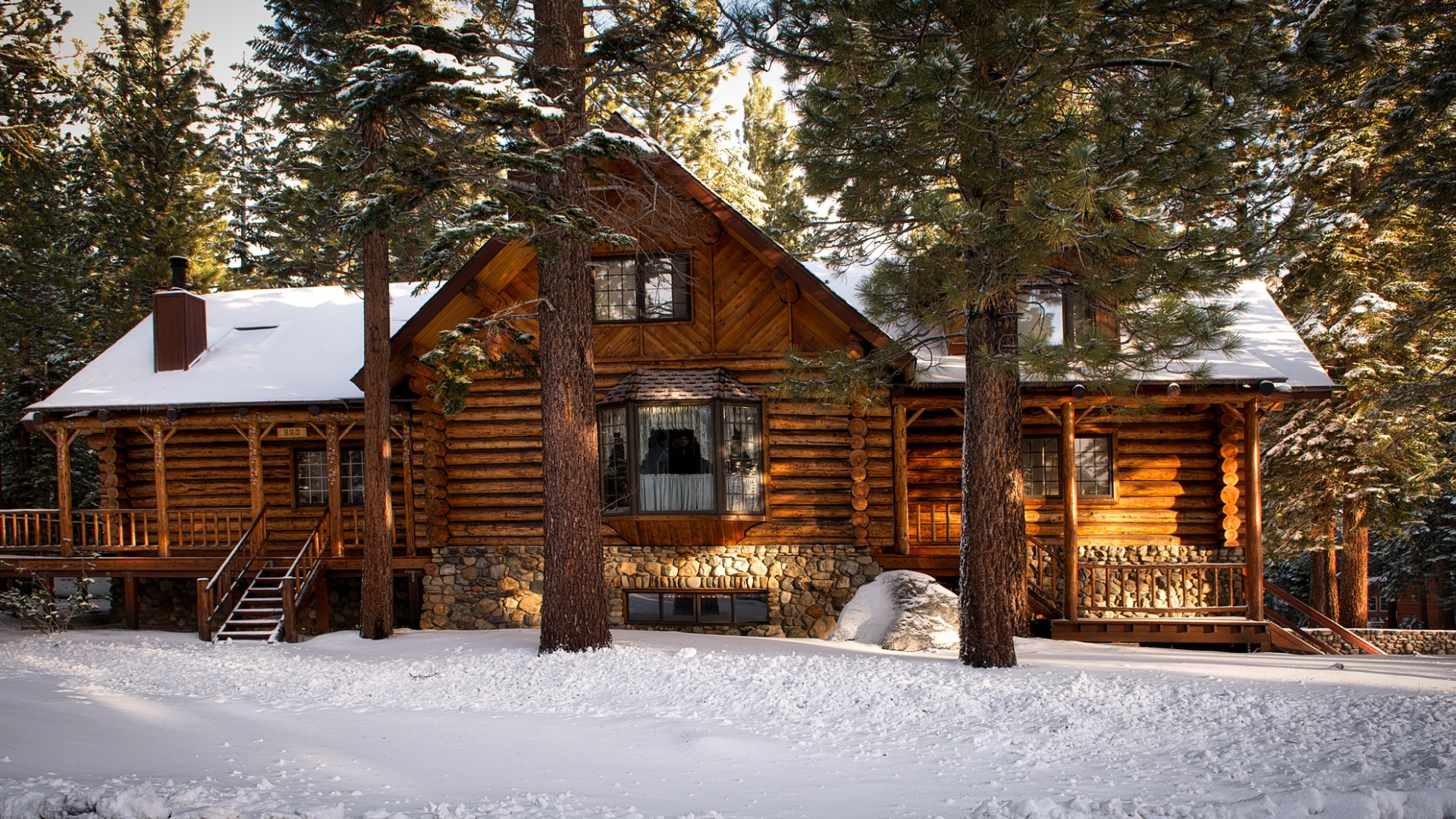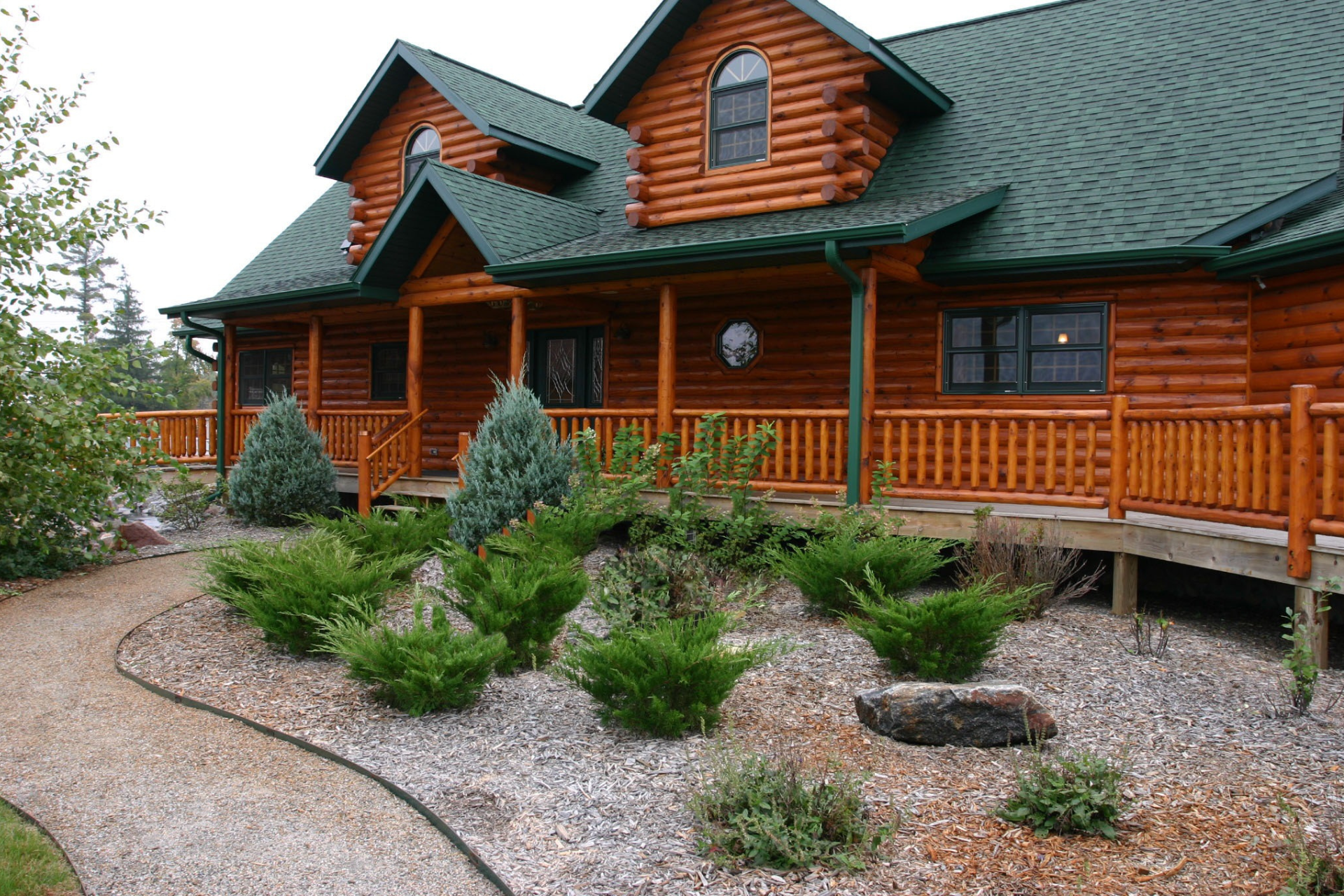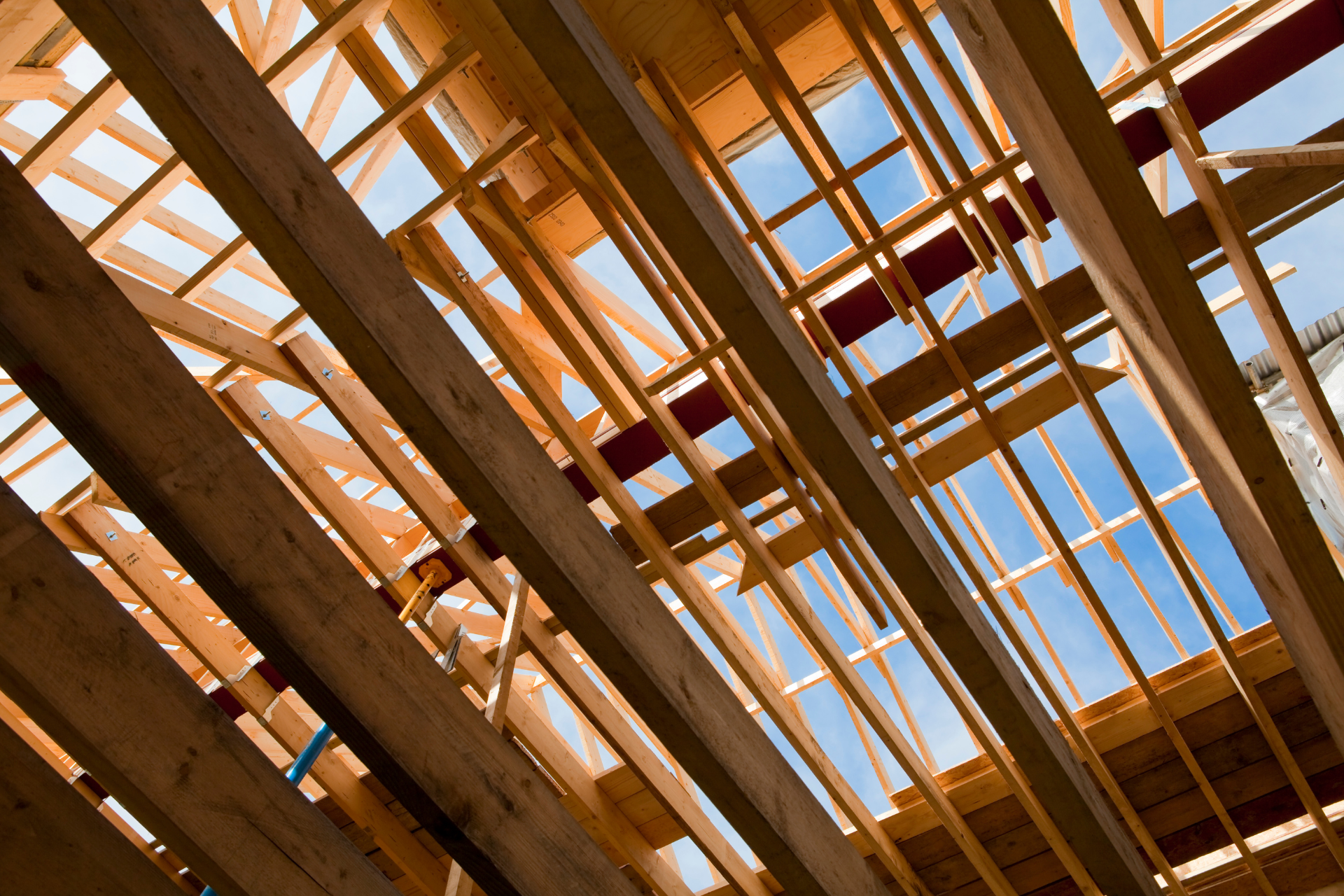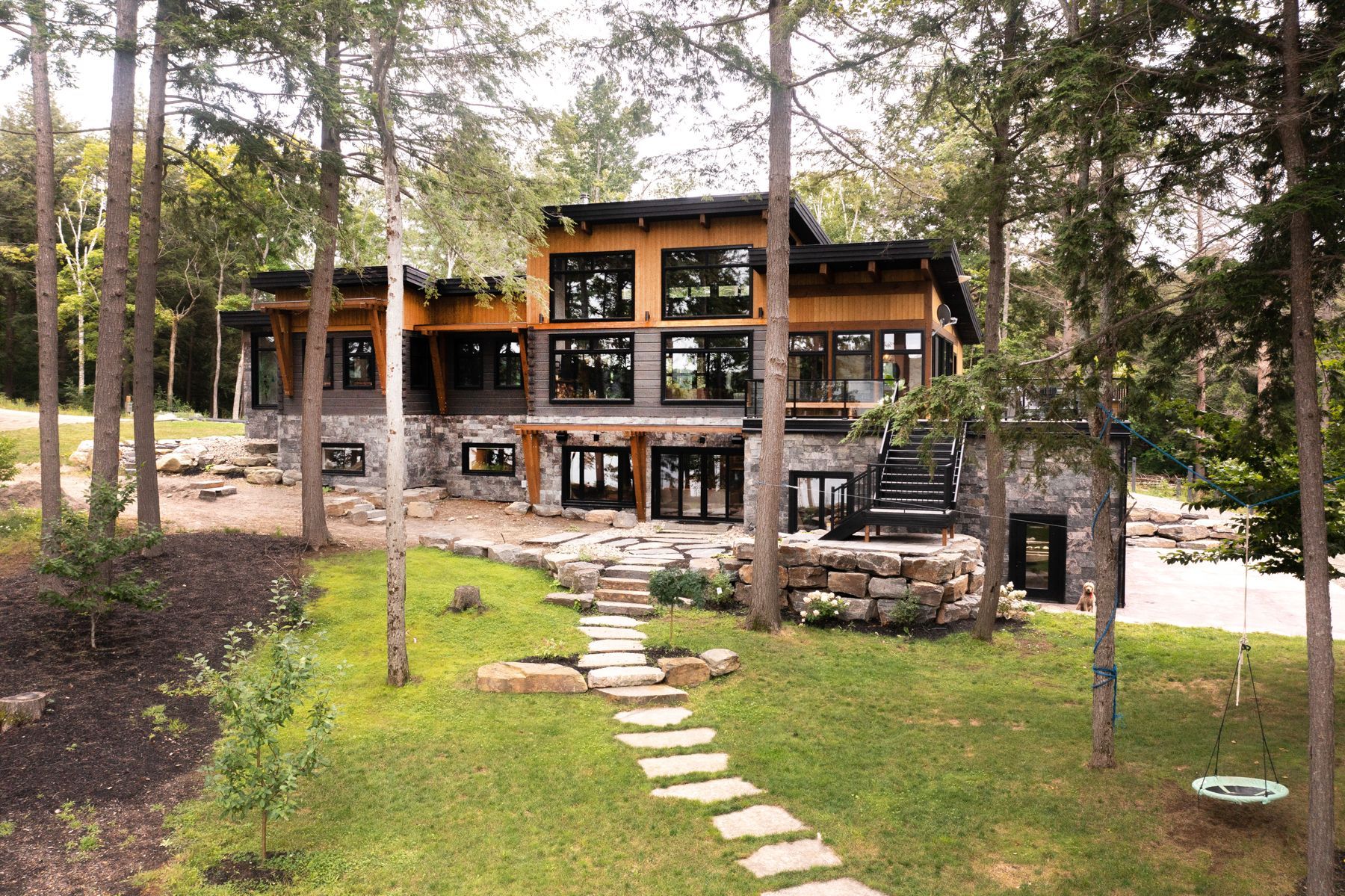Dream Home Resources
Insightful resources on dream homes & cottages, crafted for your informed decision-making.
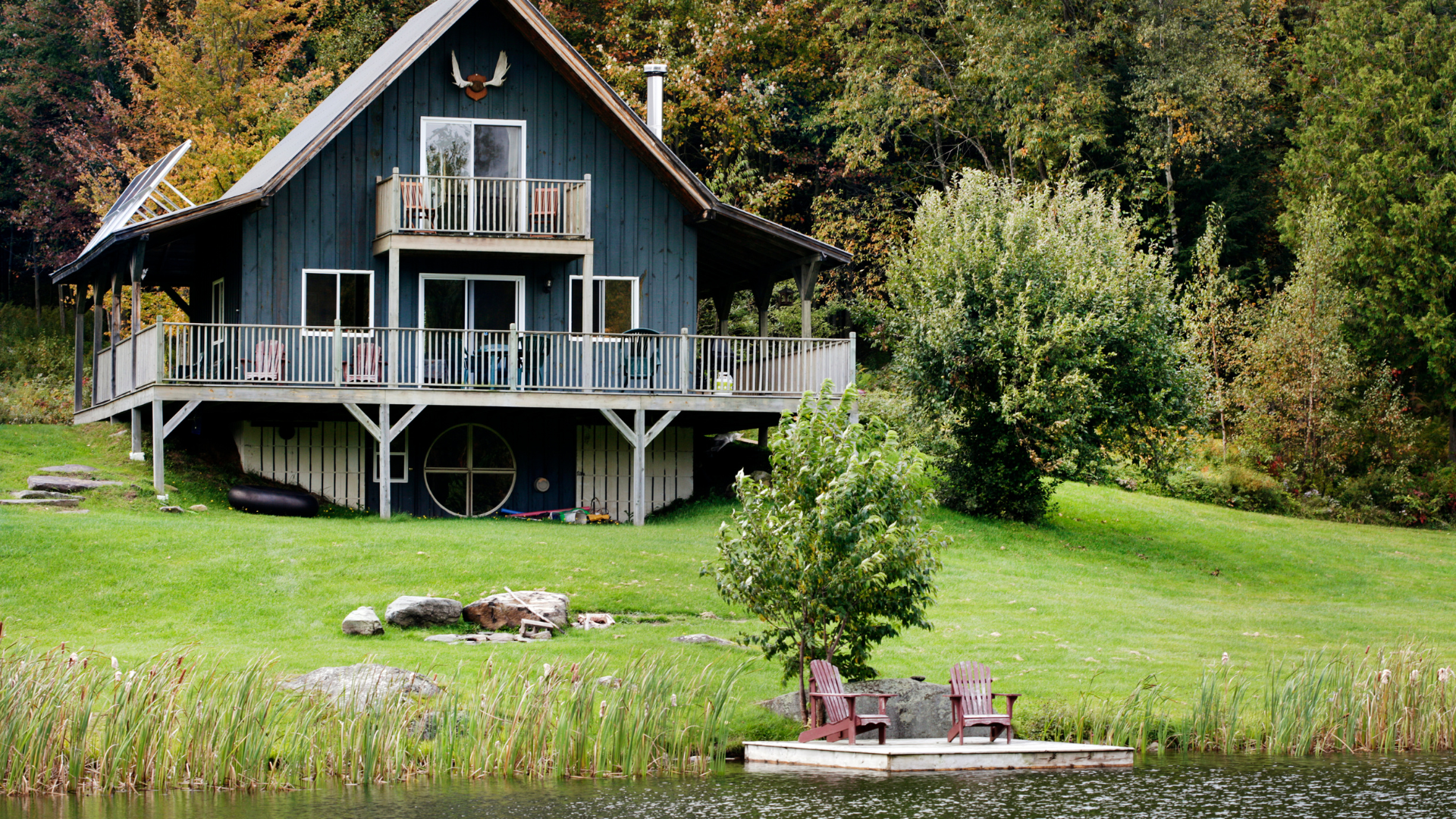
Best Choices for Comfort and Efficiency Proper insulation is crucial for any cottage, particularly in Ontario's diverse climate, where the weather swings from bitterly cold winters to humid, hot summers. Insulating your cottage effectively is not just about comfort; it's about efficiency and sustainability. In regions like Ontario's cottage country, where temperatures can dip below -20°C in winter and rise above 30°C in summer, the right insulation helps maintain a consistent indoor temperature, reduces energy costs, and lessens the strain on heating and cooling systems. Understanding how to choose the best insulation for these conditions is essential for any cottage owner looking to enhance their retreat’s year-round livability and functionality. Understanding Insulation and R-Value Insulation is a protective barrier installed in buildings, like cottages, to control heat flow, enhancing comfort and energy efficiency. Its primary role is to maintain indoor temperatures by reducing heat loss in winter and minimizing heat gain in summer. This thermal resistance is crucial in regions experiencing extreme temperatures because it directly impacts heating and cooling costs and overall energy consumption. The effectiveness of insulation is measured by its R-value, which indicates its resistance to heat transfer. The higher the R-value, the better the insulation's ability to keep heat in during winter and out during summer. For Ontario's demanding climate, choosing insulation with a high R-value is vital to ensure that your cottage remains a comfortable refuge. High R-value materials can significantly reduce energy bills and create a more stable indoor environment throughout the year. Assessing Your Cottage's Needs When selecting insulation for your Ontario cottage , consider both the location and the structure of the building. Cottages located in areas exposed to strong winds or near bodies of water might require higher R-values to counteract the chill and moisture, especially during harsh winters. Similarly, if your cottage has large windows or is built with materials that do not naturally insulate well, you’ll need more robust insulation solutions. The structural design of the cottage also influences your choice of insulation. For instance, older cottages might have different requirements compared to new builds, particularly if retrofitting insulation. The roof, walls, and foundation each have specific insulation needs that must be addressed to optimize energy efficiency. Ontario's climate demands insulation that can handle both extreme cold and intense summer heat. Therefore, selecting materials that maintain their insulative properties across a broad temperature range is crucial for ensuring comfort and reducing energy usage year-round.
